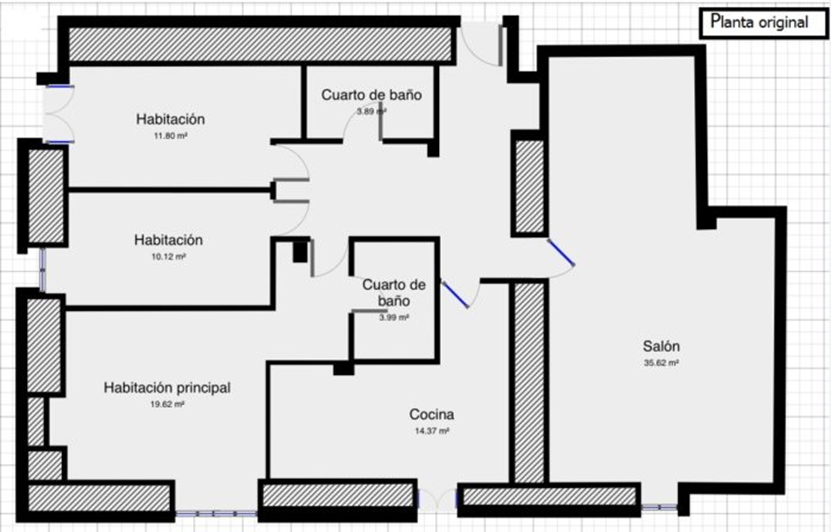Vocabulary
Expanding your vocabulary
How often do we find ourselves at a loss for words – or wishing we could bring a bit more variety into the way we speak instead of always using the same expressions? For those reasons, expanding our vocabulary is extremely important. But not everyone is a fan of traditional vocabulary lists like the ones we remember from school. What really matters is seeing words in context and learning them as part of word groups or phrases.
Here are a few suggestions that can help – not just with vocabulary, but also with idioms and grammar patterns:
Flashcards
This classic method takes quite a bit of time, so it’s best reserved for the most important vocabulary. Its advantages lie in frequent repetition and the fact that writing by hand helps reinforce memory.
An alternative is to use digital flashcard apps. While the handwriting element is lost, the big advantage is that you always have your cards with you – and the app will remind you to review them. When using flashcards, it’s important to place each word within a word group and include an example sentence. If necessary, make a note of the pronunciation, too.
Our memory doesn’t work like a vocabulary list. We think and remember in situations (e.g. making an appointment) or by topic (e.g. sustainability). That’s why methods that follow this situational or thematic structure are particularly effective.
Mind Maps
If you're using a Mind map to learn vocabulary, keep the following points in mind:
- Subcategories or groups should be clearly distinguished (e.g. using different colours).
- Include not only nouns, but also a good number of verbs and adjectives.
- Include word groups or make it easy to form them based on the information in the map.
Mind maps can be added to over time, they present a topic in a structured way, and they’re easy to draw by hand – which also helps support memory through active engagement.
The more senses we use when learning vocabulary, the easier it is to recall the information later on. One way to take advantage of this is by using images – for example, associating a new word with a picture helps us store it more effectively in our memory.
Another useful technique is to walk around your home and name the rooms or furniture in your target language. This combines visual input with vocabulary learning and adds an extra layer – even physical movement can help make learning more memorable. You can enhance this effect by placing Post-it notes with new words around your home.
Let’s take another example: imagine learning food vocabulary while shopping in a French supermarket. In this case, the emotional experience of being in a real-life context also helps reinforce what you’ve learned – making it easier to remember the words later.
Sometimes, no matter how hard we try, certain words just won’t stick. In such cases, it can be helpful to try out a few memory tricks:
Combine words with gestures
At home, you can practise in front of a mirror and invent gestures to go along with words you find particularly hard to remember. This gives your brain an extra point of reference, which can help you recall the word more easily later.
Use memory hooks (mnemonics)
For example:
The German word durchnässt means soaking (English).
“Soaking” or “soaked” sounds a bit like sock, so you might imagine a soaking wet sock.
Next time you want to say durchnässt, the image of the soggy sock will pop into your mind – and with it, the right word.
To use vocabulary correctly, it’s important to know how words are pronounced. There are podcasts made especially for language learners that not only train listening comprehension but also explicitly teach vocabulary.
- Example for English learners:: BBC Learning English - 6 Minute English / United against food waste
There are also videos that use film clips to teach vocabulary in context.
- Example: Learn English With Movies | "Men In Black" with Will Smith [&] Chris Hemsworth (youtube.com) (More suitable for intermediate to advanced learners)

